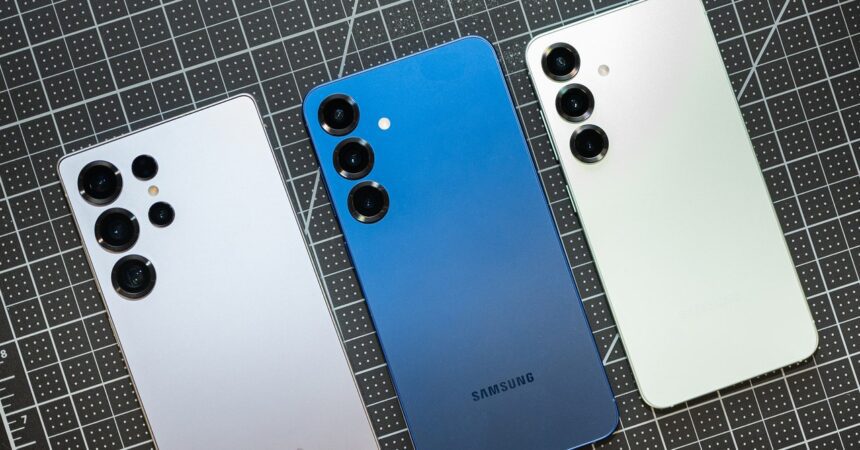This is significant because, while we enthusiasts of MagSafe have had to settle for MagSafe-compatible cases for Android phones over the past few years, there has always been a stipulation: these cases might not be compatible with all MagSafe accessories. Fortunately, with Qi2 Ready cases, you can be assured that they will function seamlessly with Qi2 chargers.
It’s important to point out that the latest flagship model from OnePlus, the OnePlus 13, is not a Qi2 Ready device. However, OnePlus does offer a magnetic case designed to allow for Qi2-like charging. This approach involves adding magnetic charging to devices that only support basic Qi, and it will not transform your phone into a full Qi2 device. Although it may offer a comparable experience, you might not benefit from quicker charging rates, it won’t be as energy efficient, and compatibility with all Qi2 accessories cannot be guaranteed. According to Golden, Qi2 Ready phones feature “special capabilities built into them” that facilitate genuine Qi2 performance when combined with a Qi2 Ready case.
Unfortunately, once you remove these Qi2 Ready cases from your phone, the magnetic functionality is lost. This may not pose an issue for most users. While it’s challenging to find exact figures, a 2023 YouGov survey indicated that about 68 percent of Americans use a phone case, while a 2017 study reported a figure of 79 percent. Nonetheless, it’s a disappointment for those of us who prefer not to use a case. Let’s have a moment of silence for the case-free aficionados.
I can recall numerous instances when I needed to remove my iPhone case to connect a wireless microphone to the USB-C port or to position my phone on a gimbal. Removing the case didn’t change the situation since iPhones are designed with built-in magnets, but this will definitely affect Qi2 Ready devices, and it is a frustrating limitation.
I consider Qi2 Ready phones to be a reasonable compromise. Given that it’s more cost-effective than embedding magnets directly into a phone, I hope this means that more budget-friendly and midrange smartphones can adopt Qi2 features in the future.
Despite this, I have concerns about the potential confusion it may create for the average consumer. New smartphones will have Qi support but not Qi2, yet they will come with Qi2 Ready cases to enable Qi2—writing that made my head spin. If they offered native Qi2 support, magnetic charging could consistently work with any Qi2 accessory. Simple as that.
On a brighter note, both Samsung and Google have pledged to launch official Qi2 Android devices in 2025, so it is on the horizon, although it feels strange that Samsung might not introduce it with its flagship smartphone lineup.
I will begrudgingly use a magnetic case once again, but for the love of all things tech, can someone just get me my magnetic Android already?










